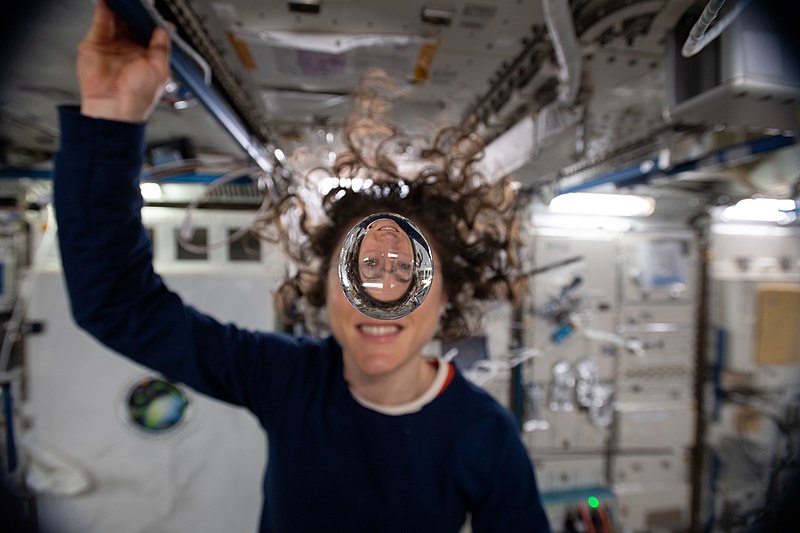The bacteria strains are remarkably similar to those on Earth, DNA analysis revealed.

Some bacteria species are remarkably tenacious. They can survive in the unlikeliest of conditions, from freezing ice caps to scorching volcanoes. They live underground, above ground, in the water, in the air, and anywhere the mankind has set foot. Wherever we go, we take bacteria with us, whether we like it or not — and the International Space Station is no exception.
Of course, when you’re isolated 400 km above the ground, you can’t afford to allow bacteria to run rampant. Aboard the ISS, bacterial checks are routinely carried out.
So researchers have known for quite a while that the opportunistic pathogens, Burkholderia cepacia and Burkholderia contaminans, have made their way to the potable water dispenser (PWD) of the ISS.
These bacteria are part of a group called Burkholderia cepacia complex — a group of sturdy, but not particularly virulent bacteria. These species love moist environments and plastic surfaces — and the water dispenser. Adapting to microgravity was not a problem to them.
To learn more about these bacteria and how they manage the environment of the ISS, researchers sequenced the genomes of 24 strains collected from 2010 to 2014.
The analysis showed that all the strains were highly similar, and almost certainly descended from the bacteria present in the water dispenser when it was still on Earth — they didn’t come from the astronauts, they were there to begin with.
They don’t seem any more or less virulent than the strains on Earth. It seems that the lack of gravity has not affected them in any major way. Furthermore, they seem vulnerable to the same antibiotics as their cousins on Earth, further emphasizing their lack of change.
“Within each species, the 19 B. cepacia and 5 B. contaminans recovered from the ISS were highly similar on a whole genome scale, suggesting each population may have stemmed from two distinct founding strains,” the study reads.
That’s good news. It means that, at the very least, microgravity isn’t breeding a generation of superbugs (at least, not with these bacteria). The astronauts aren’t in any major risk from this.
Nevertheless, the water system is set to be replaced with a new system once it fails and will undergo a different decontamination method after installation.
Getting rid of all the bacteria has proven to be extremely challenging. It’s still not clear what would be the best way to go about this for the ISS. Several disinfectants have been suggested. This study supports the idea that silver might be useful, as could iodine.
“Experimental designs testing the effects of the iodine disinfection process, and possibly how silver treatments may compare, would be of value moving forward,” the study concludes.
The study has been published in the open-access journal PLoS ONE









